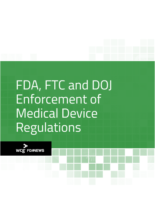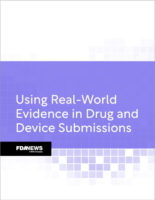
Home » EDITORIAL: GOVERNMENT POLICIES TO BLAME FOR LACK OF ACCESS TO DEVICES, DIAGNOSTICS IN POOR COUNTRIES
EDITORIAL: GOVERNMENT POLICIES TO BLAME FOR LACK OF ACCESS TO DEVICES, DIAGNOSTICS IN POOR COUNTRIES
July 5, 2006
The governments of low-income nations need to look at their own policies when claiming that prices for medical technology are too high, according to a July 4 editorial in The New York Times.
Governments such as those in India, Nigeria and Morocco "jack up prices" with excessive sales taxes or value-added taxes on medical products to the detriment of their own people, the editorial says. The article asserts that much of the problem is due to competing interests and lack of communication between health and finance ministries in poorer countries.
A proposal by the U.S., Singapore and Switzerland to the World Trade Organization asking poorer countries to eliminate tariffs on medicines "makes perfect sense," the editorial says, adding that a study by the World Health Organization "showed that governments make very little money from these charges, which can really squeeze the sick, as even a small tariff adds to the price that forms the base for later markups."
KEYWORDS FDAnews Device Daily Bulletin
Upcoming Events
-
21Oct
